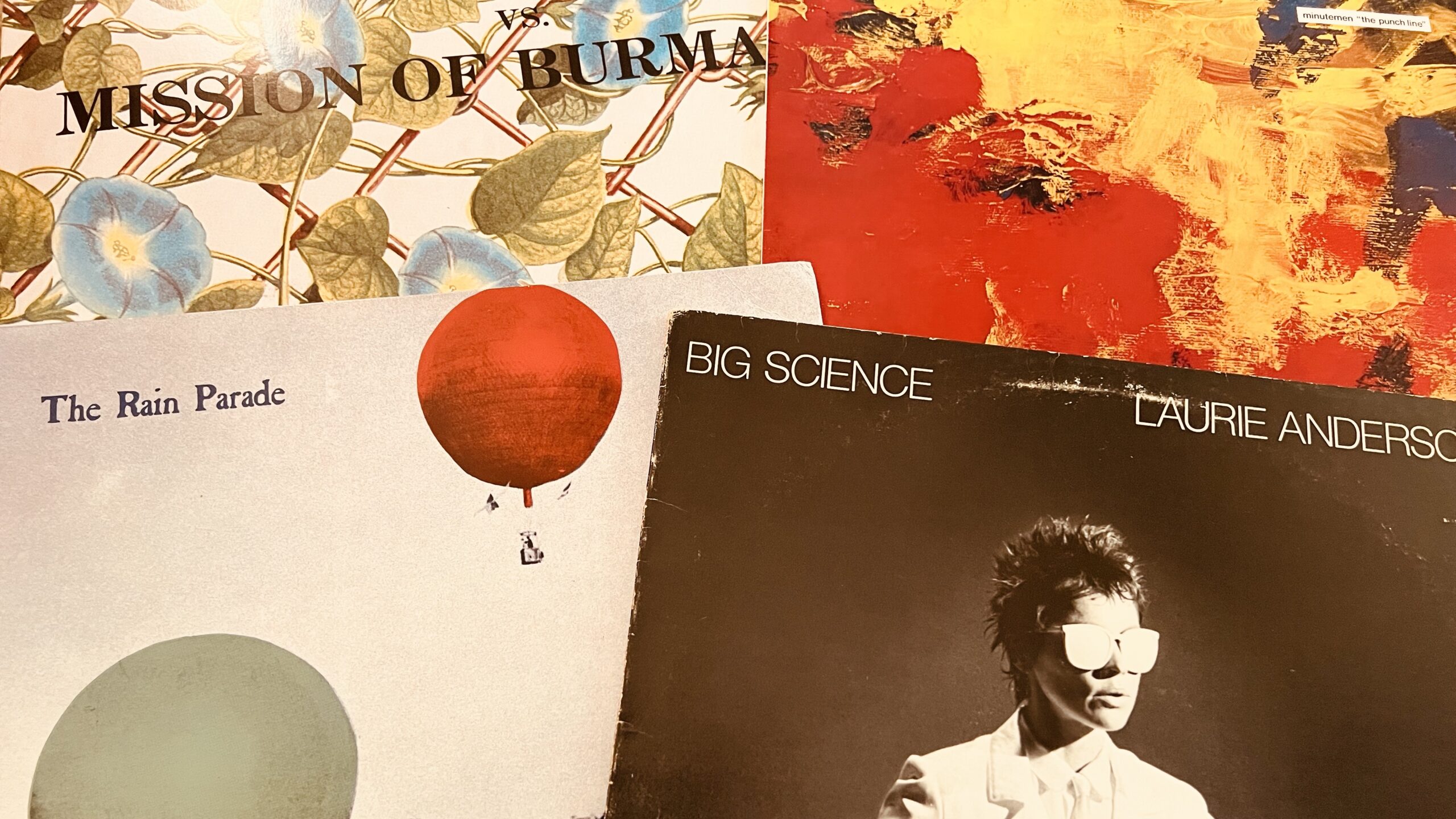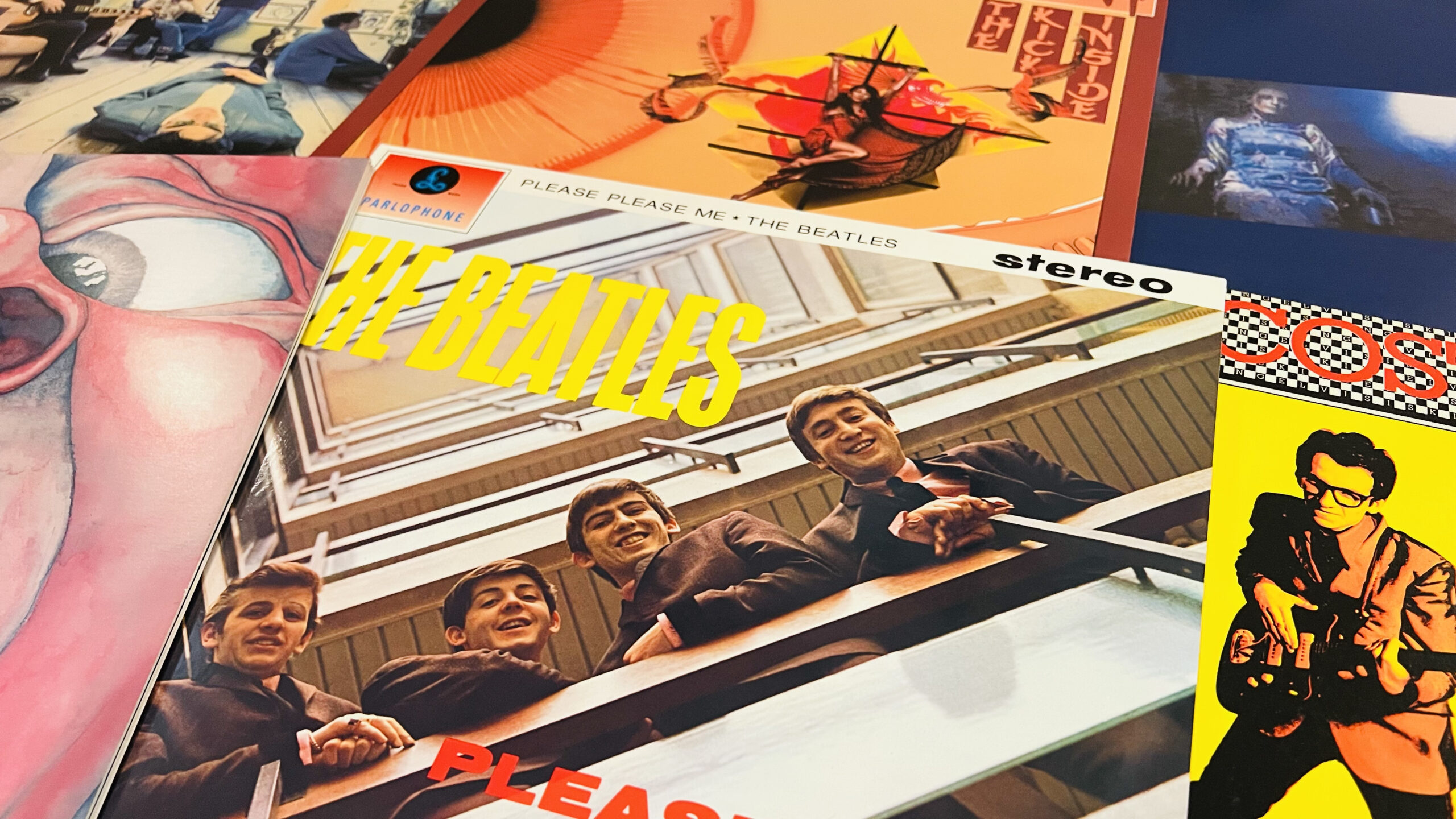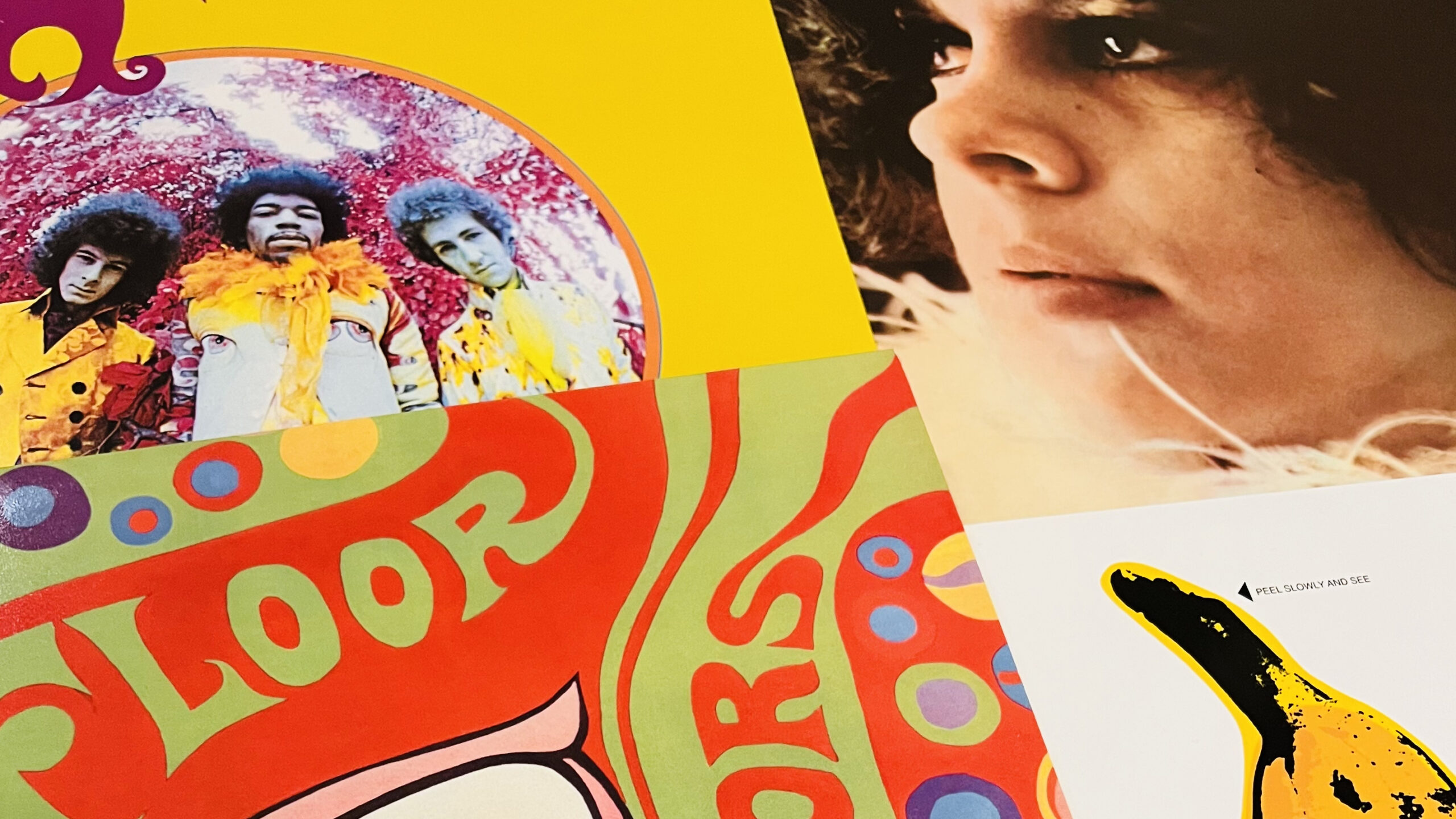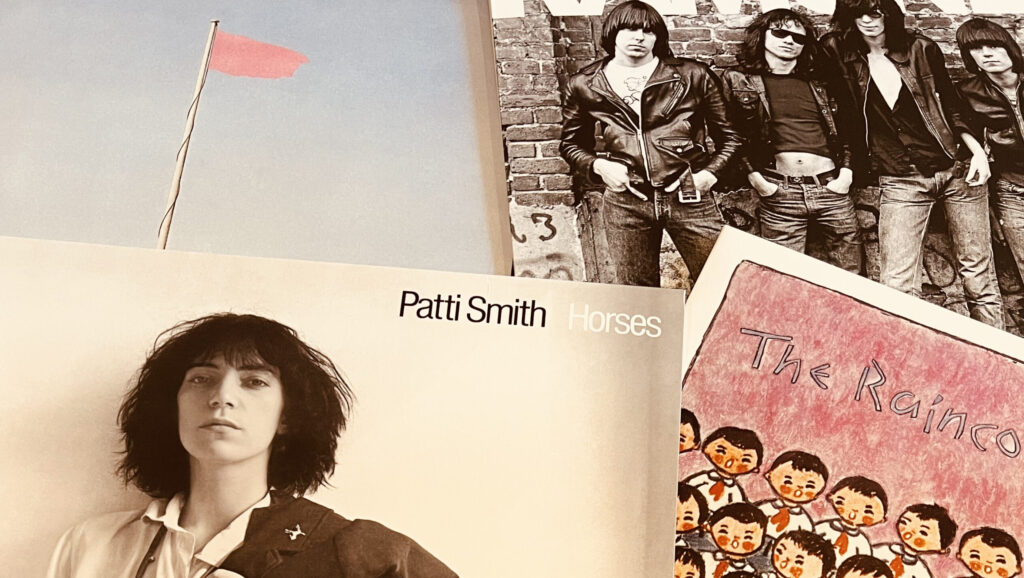
For April’s debut album focus, we shifted our attention to the punk and post-punk scenes of the seventies and beyond. Though we already covered some of the most iconic punk debuts in earlier months (The Clash, Sex Pistols, Talking Heads) alongside some influential punk precursors (The Sonics, The Lollipop Shoppe), there were still plenty of classic records left to choose from.
Perhaps because of the genre’s ‘back to basics’ approach, many of punk’s heaviest hitters arrived fully formed – turning in the finest work of their careers with their debut albums. There are several of those landmarks to be found here – alongside a handful of personal favorites from some comparatively overlooked bands – and even though we tend to take a pretty liberal interpretation of the term ‘punk,’ all of these records bristle with the energy and fury that define the genre.
We’ll be shifting our emphasis to a new theme in May. To see those picks in real-time, give our Instagram and Facebook pages a follow.
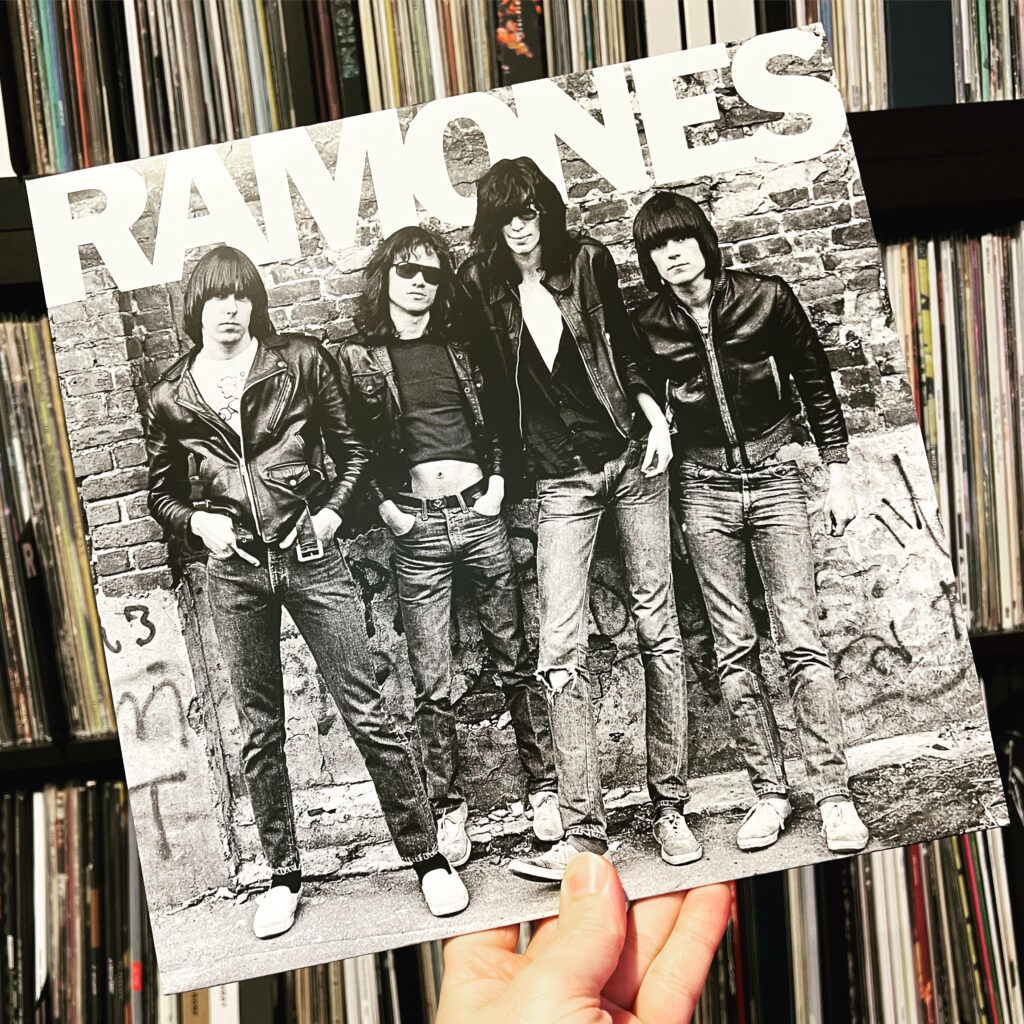
What We Said: “Sure, they’re a bit ‘samey,’ but goddamn, what hooks. Anyone drawn in by this album’s reputation as a punk cornerstone is likely to be taken aback by just how poppy this thing is, and – unless they’re a stone cold S.O.B. – it’s bound to generate more than a few smiles and toe taps.”
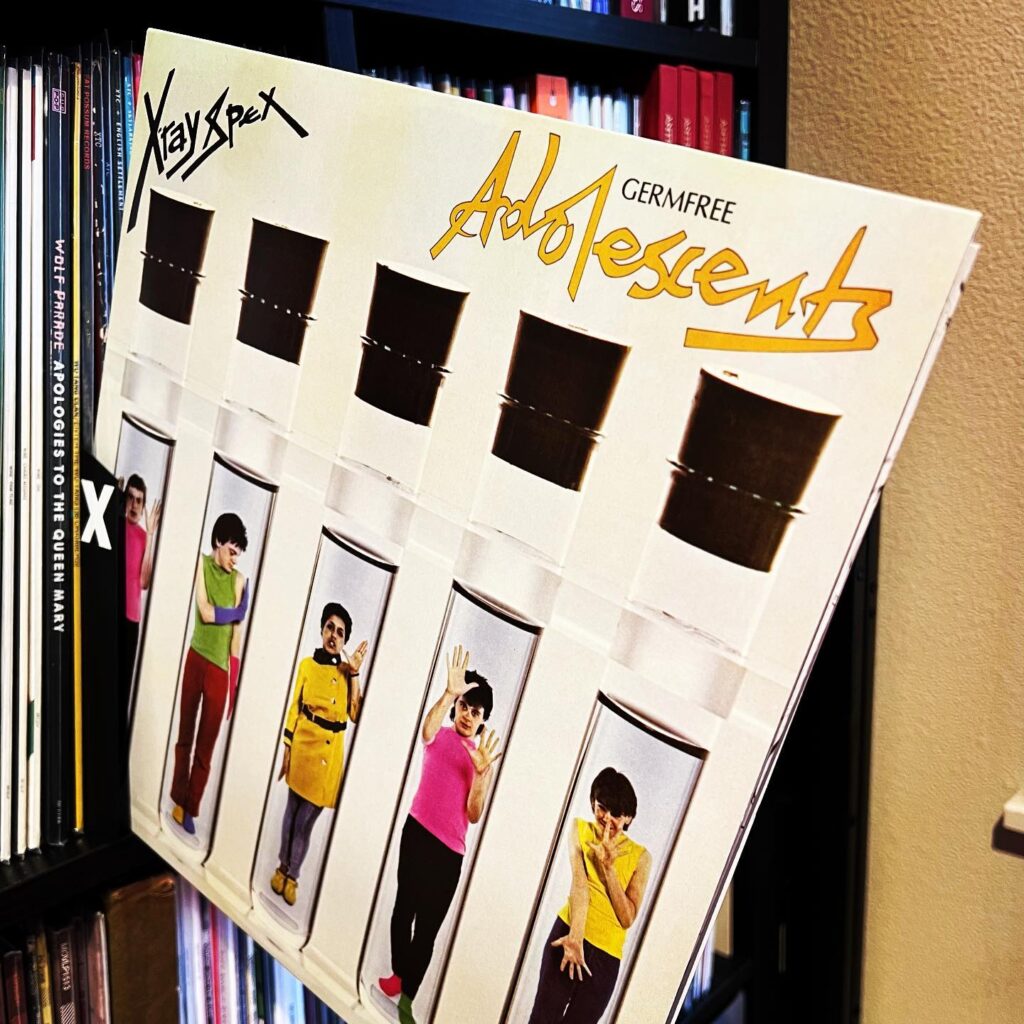
What We Said: “At the center of it all is Poly Styrene: a true punk original, and a force of nature throughout. While her vocals are considered an acquired taste by some, the power, unique melodicism, and lyrical wit that she displays here is damned impressive.”
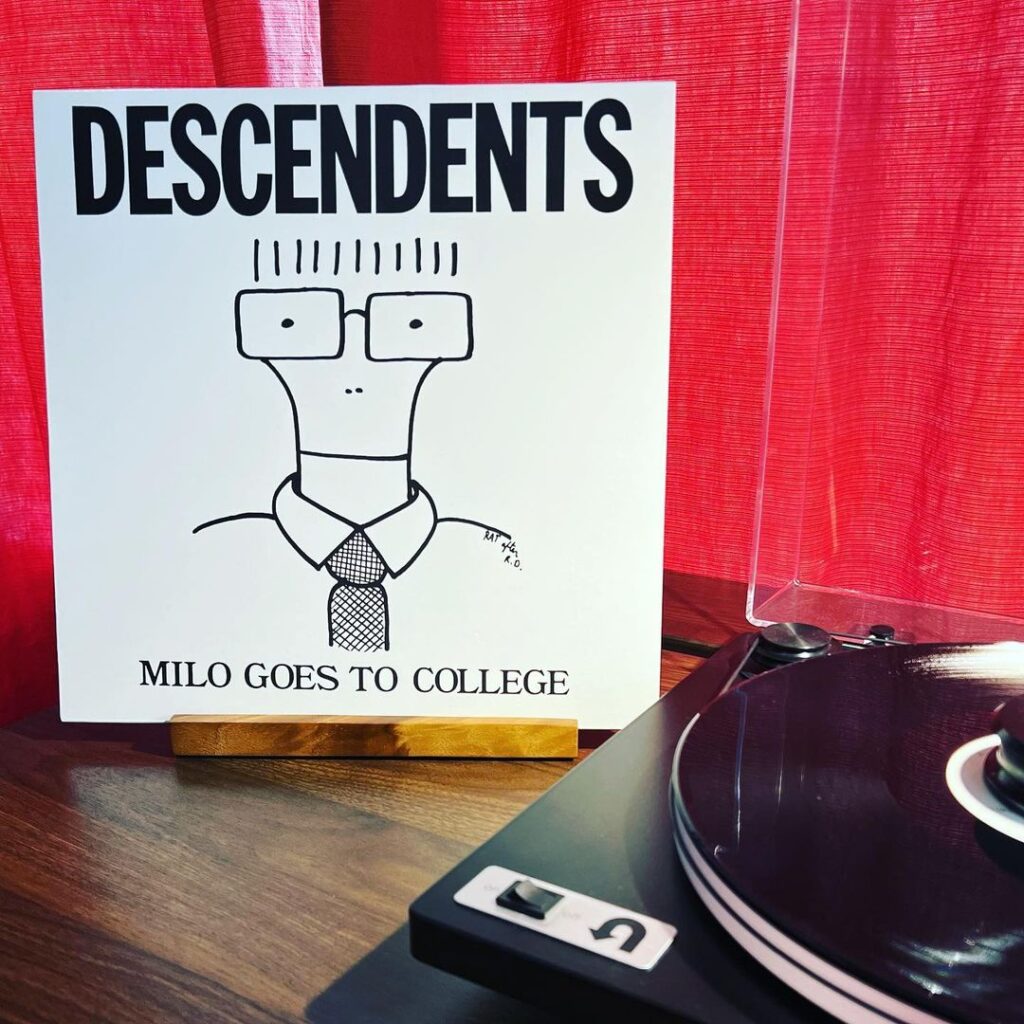
What We Said: “…one of the best SST-adjacent releases from the early-eighties Southern California punk scene. While it’s generally referenced as a hardcore record, the hooks on Milo are simply too sweet to be anything less than pure pop. These songs are beyond catchy, and never less than wholly accessible.”
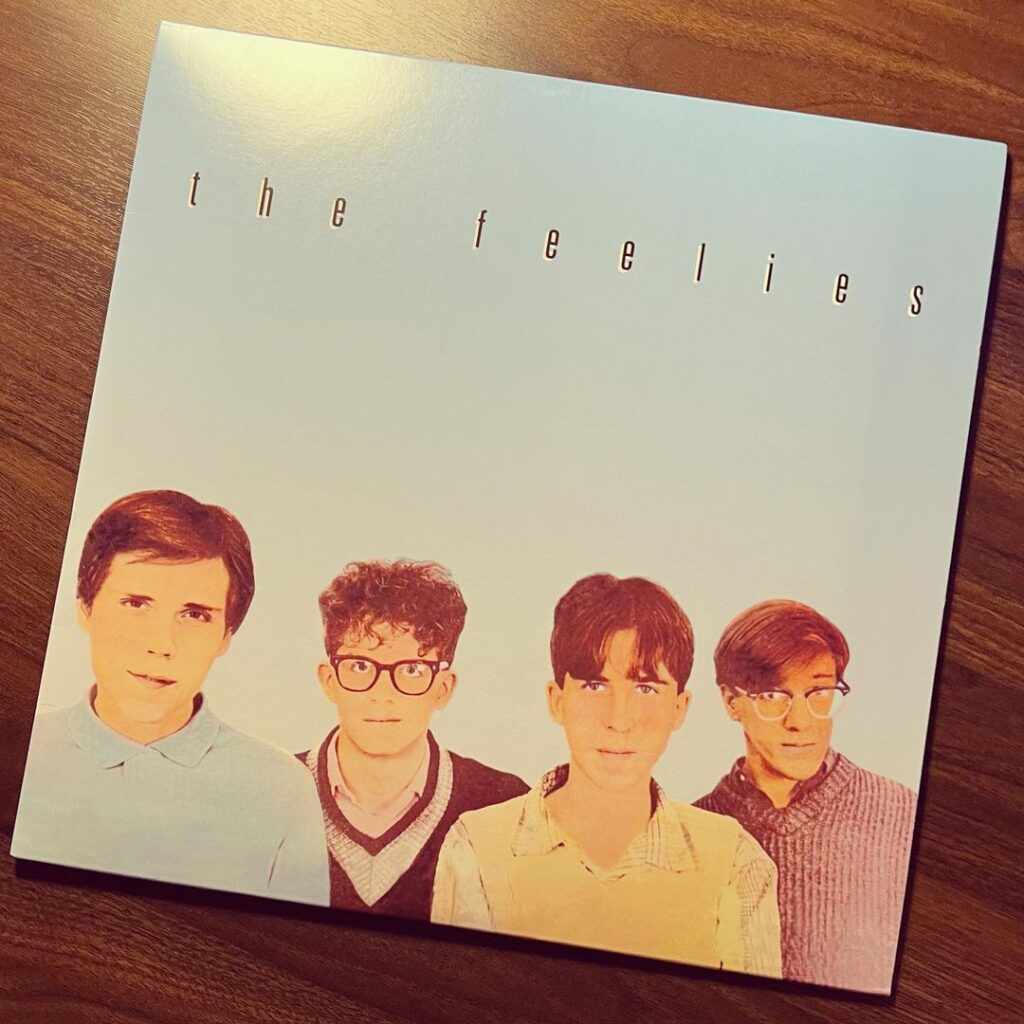
What We Said: “The Feelies’ debut exists within its own space. Manic guitars, shout-sung vocals, and the promised rhythmic dexterity of the title combine to make for an almost wholly unique listening experience. Even the band’s subsequent records really don’t sound all that much like it.”
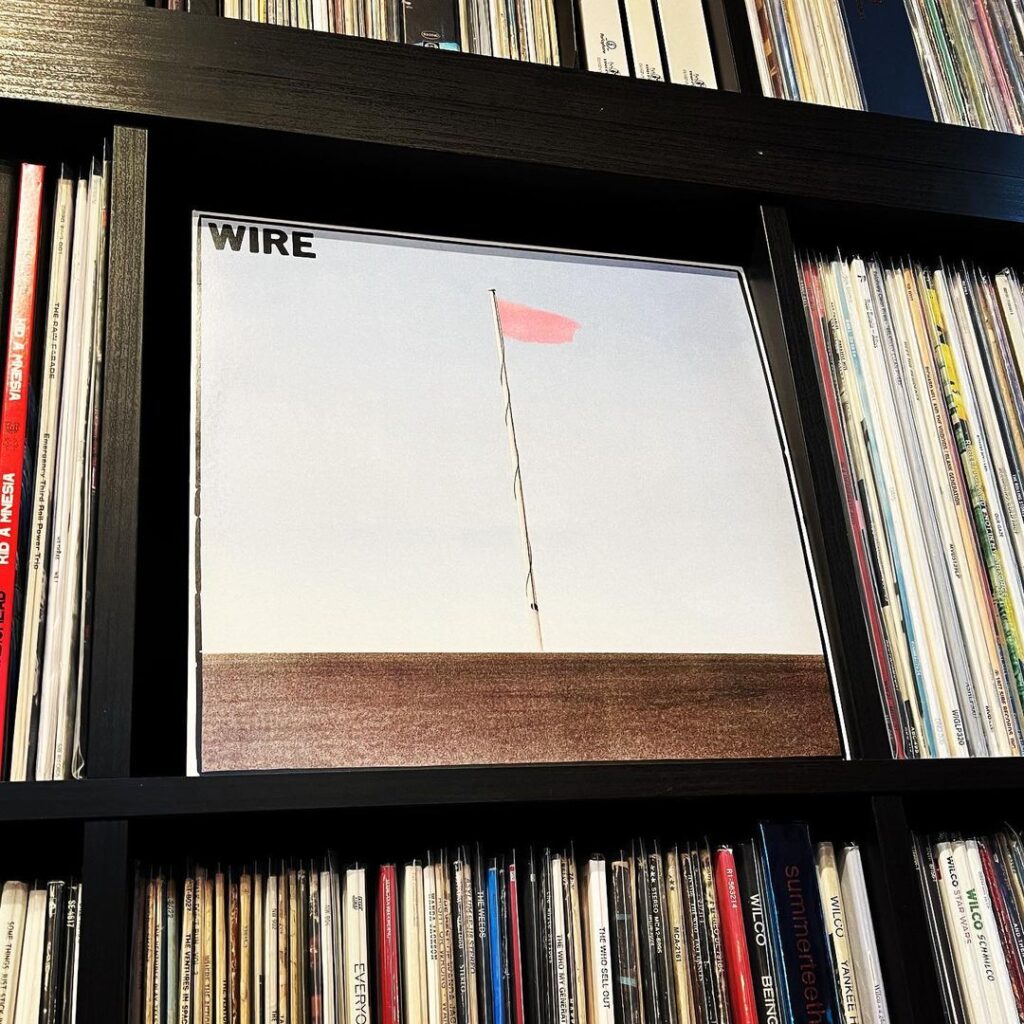
What We Said: “There are twenty-one tracks here – spread across a blistering thirty-five minutes – and while they seem slight upon first blush, one could conservatively claim that at least half of these songs provided their own template for a soon-to-form subgenre. The jangly pop-isms of R.E.M. The taut economy of Minutemen. The literal breakthrough riff of Elastica. All of this (and much more) can be found on Pink Flag.”
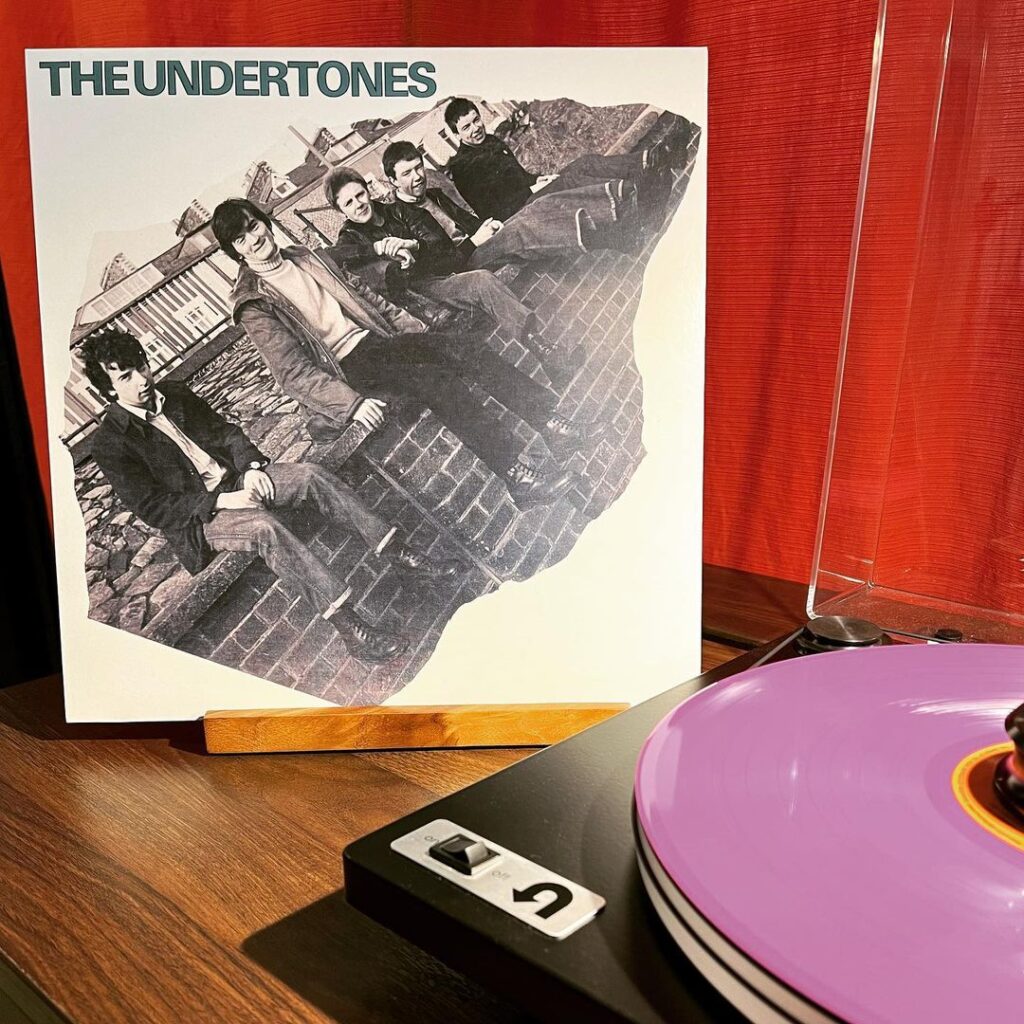
What We Said: “But take [“Teenage Kicks”] away, and you have thirteen great pop songs (and one mostly-inconsequential lark) vying for your attention. Each shines more in this context, and you realize that this is an album of highlights, not a record with one dominant presence, and a bunch of runners-up.”
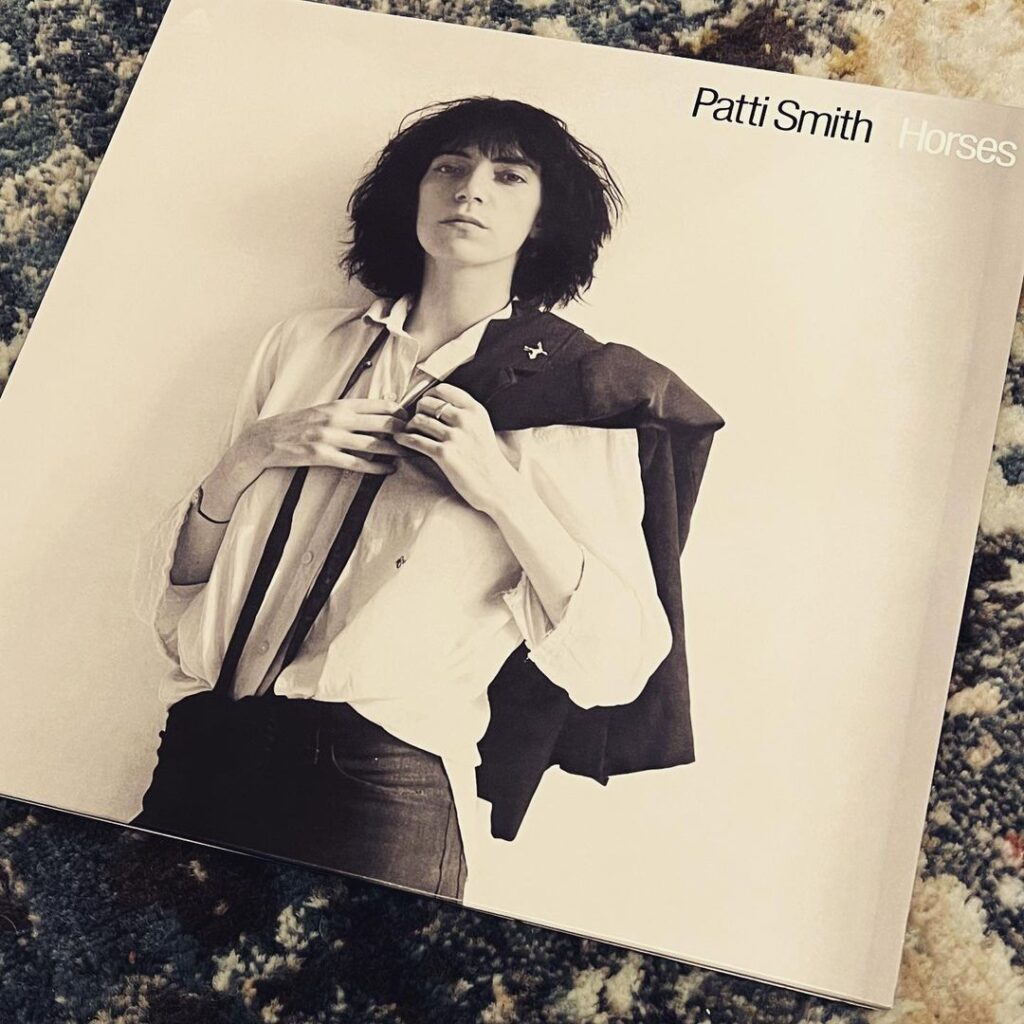
What We Said: “[It] isn’t exactly what I would call an ‘easy’ listen. It’s raw. It’s uncompromising. It’s powerful. In fact, it’s everything that the genre that it sat on the cusp of was supposed to be, but often fell short of. Sometimes I think we get a little too hung up on genre boundaries and definitions. But Horses is punk as fuck.”
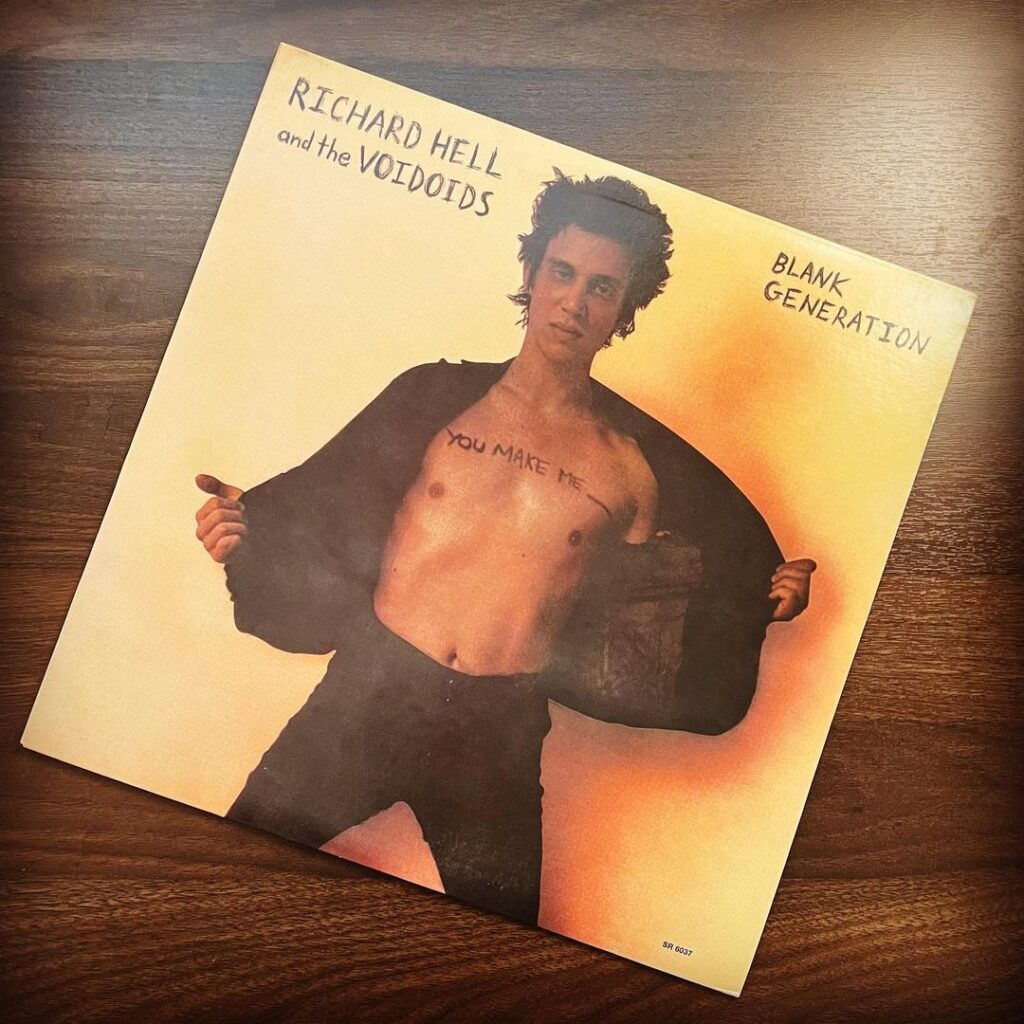
What We Said: “While one might expect Hell to be a dominating figure throughout Blank Generation, this is truly a full group effort. Hell’s bass and the drums of Marc Bell provide a solid foundation for the exploratory guitar work of Robert Quine and Ivan Julian.”
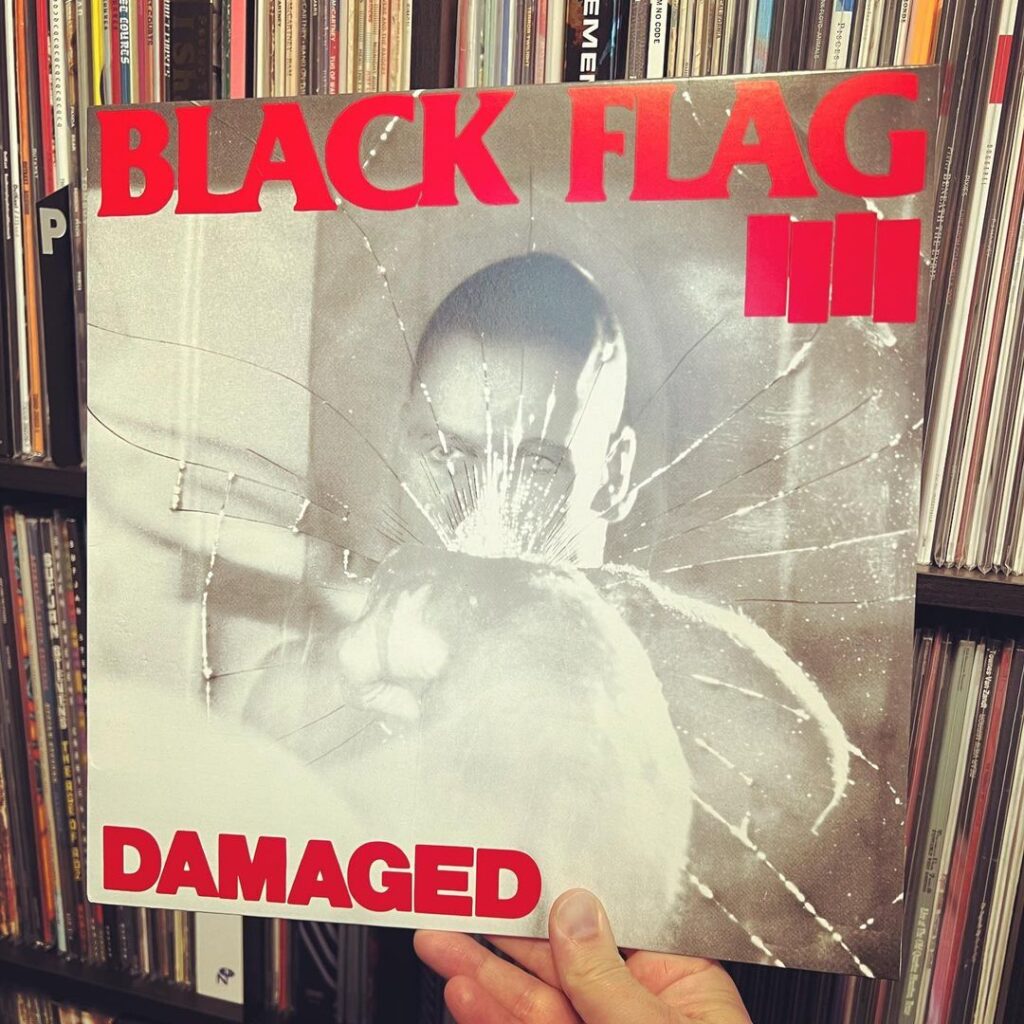
What We Said: “The spartan approach of SST’s house producer Spot is perfectly complementary to the fury of Black Flag, and accordingly, Damaged would quickly become a signpost for countless bands to follow. It remains a powerful listen over four decades later.”
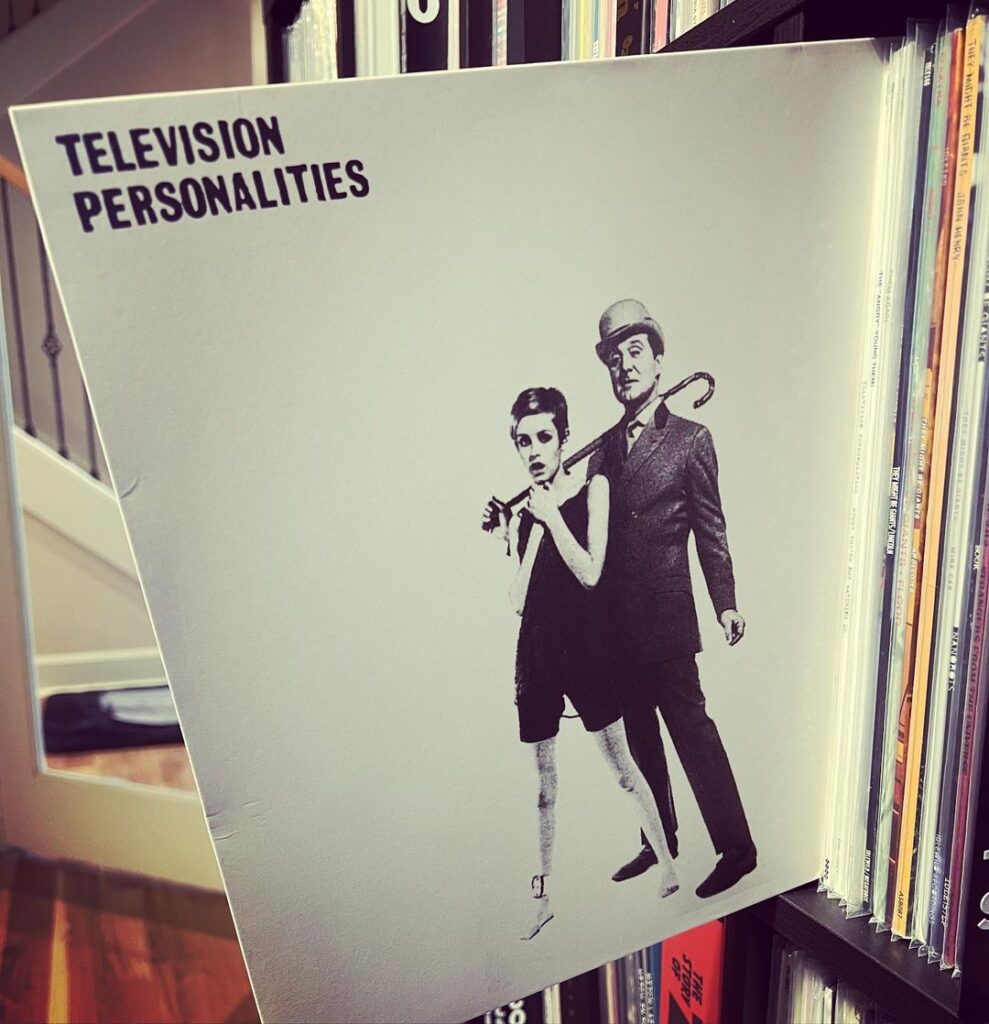
What We Said: “While it’s often humorous (and a lot of fun) on the surface, there’s a surprising amount of depth and variety to these fourteen songs. [Dan] Treacy’s writing is multi-layered, but because the songs are so catchy, chances are that you’ll be singing along before you detect – let alone penetrate – those deeper levels.”
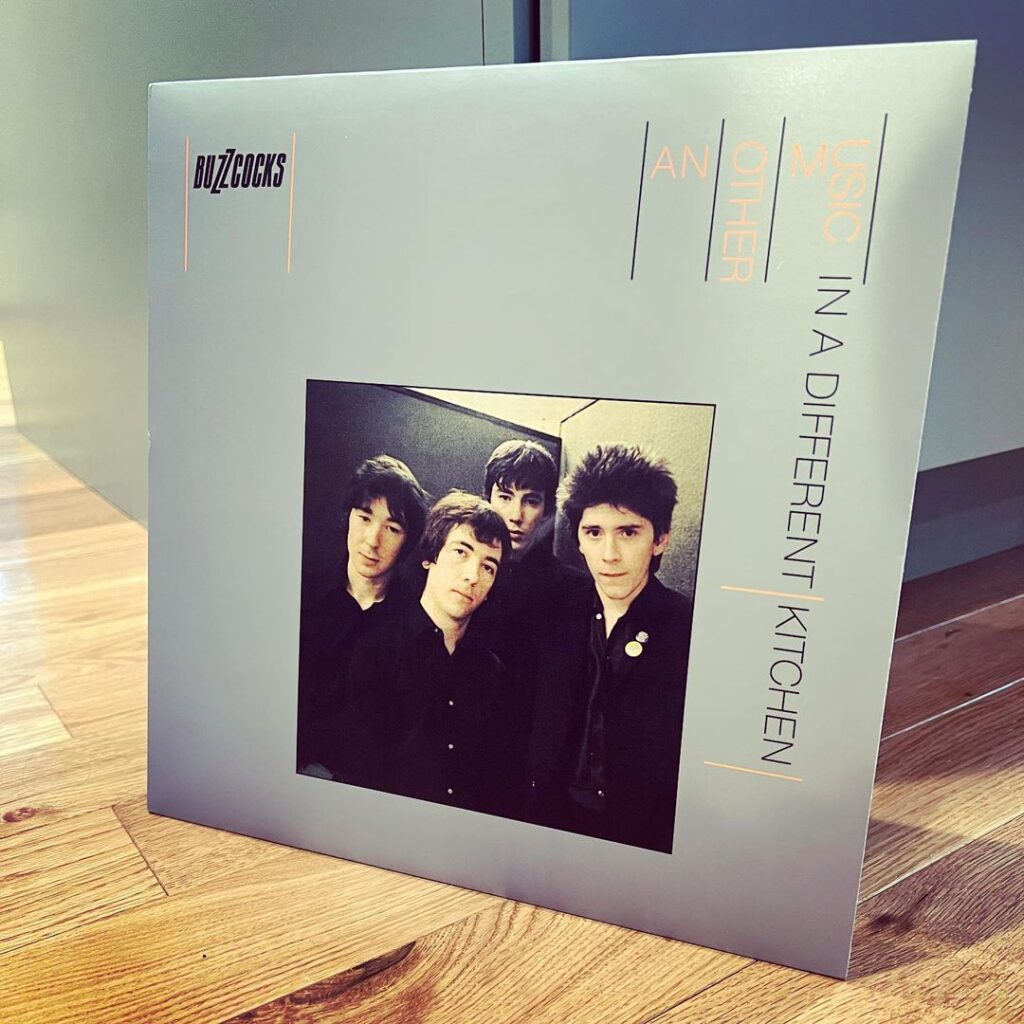
What We Said: “Sure, there are also plenty of hooks throughout Another Music. Not only are the melodies catchy, but the vocals of Pete Shelley are just the right amount of sneering to be both confrontational and accessible. The guitars are also appropriately big, giving some of these tracks the feel of mini-epics.”
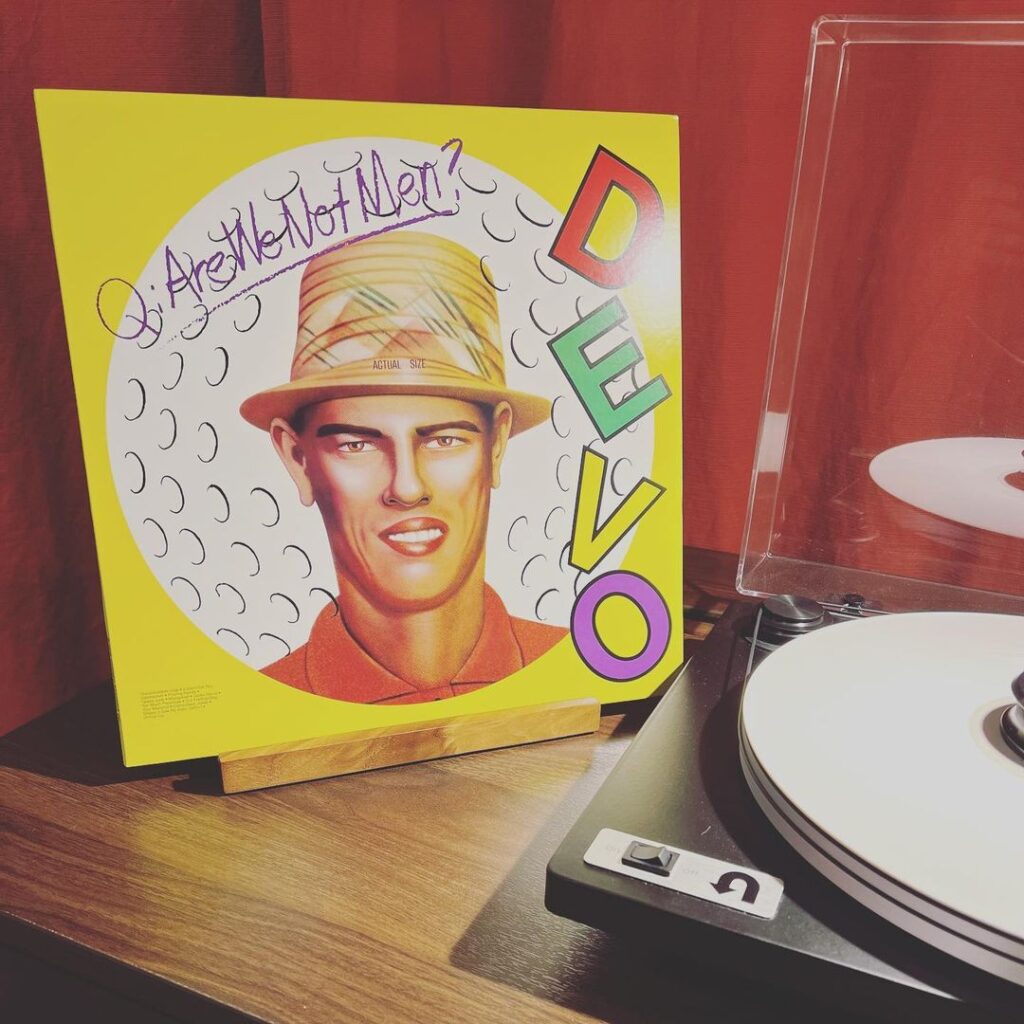
What We Said: “Are We Not Men is no joke. Sure, it’s satirical, but that’s only scratching the surface. This is a group with both a vision and an ethos: one that is cryptically revealed over the course of eleven tracks that are rarely less than engrossing.”
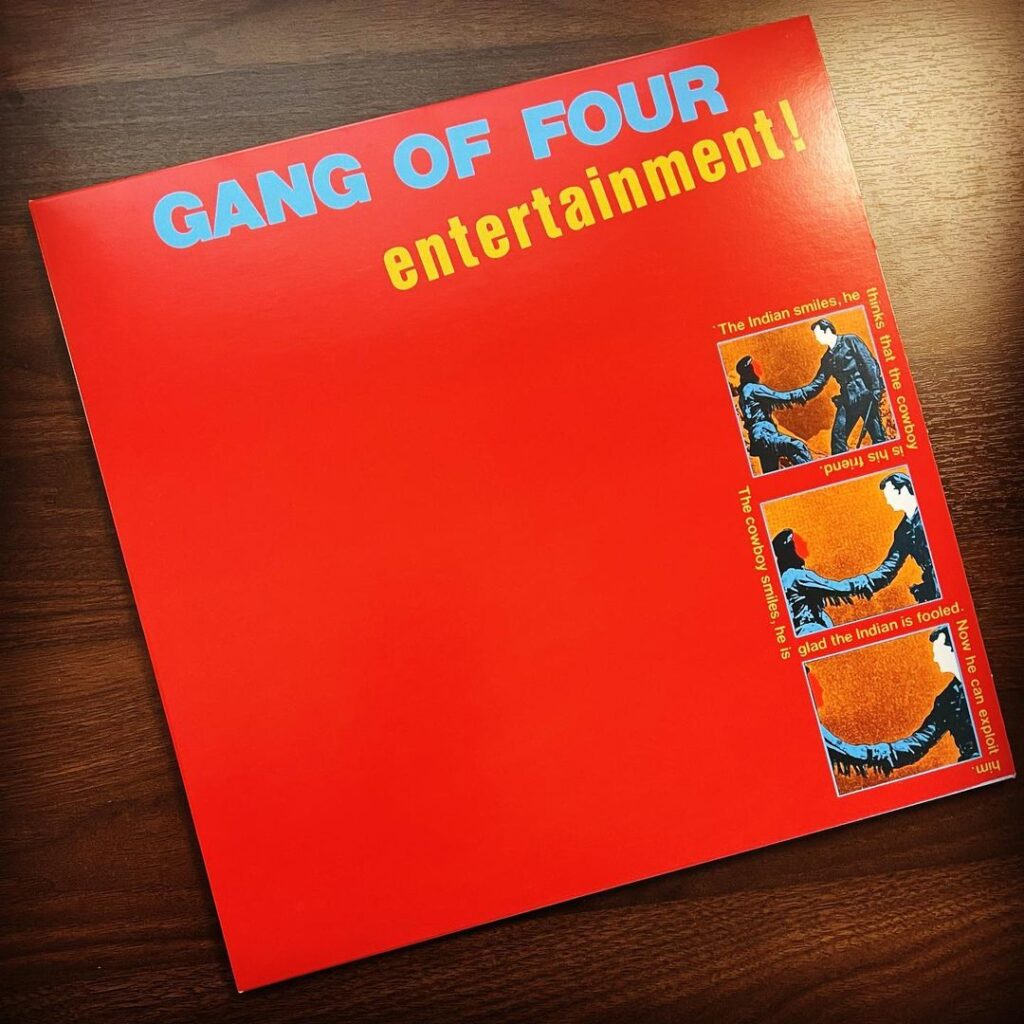
What We Said: “the equilibrium between ‘dance’ and ‘punk’ that the band achieves here is still something to behold, and worthy of a place in the post-punk pantheon. And that influence found its way to some fascinating places, long before Franz Ferdinand and others of their ilk made it fashionable again in the 2000s.”
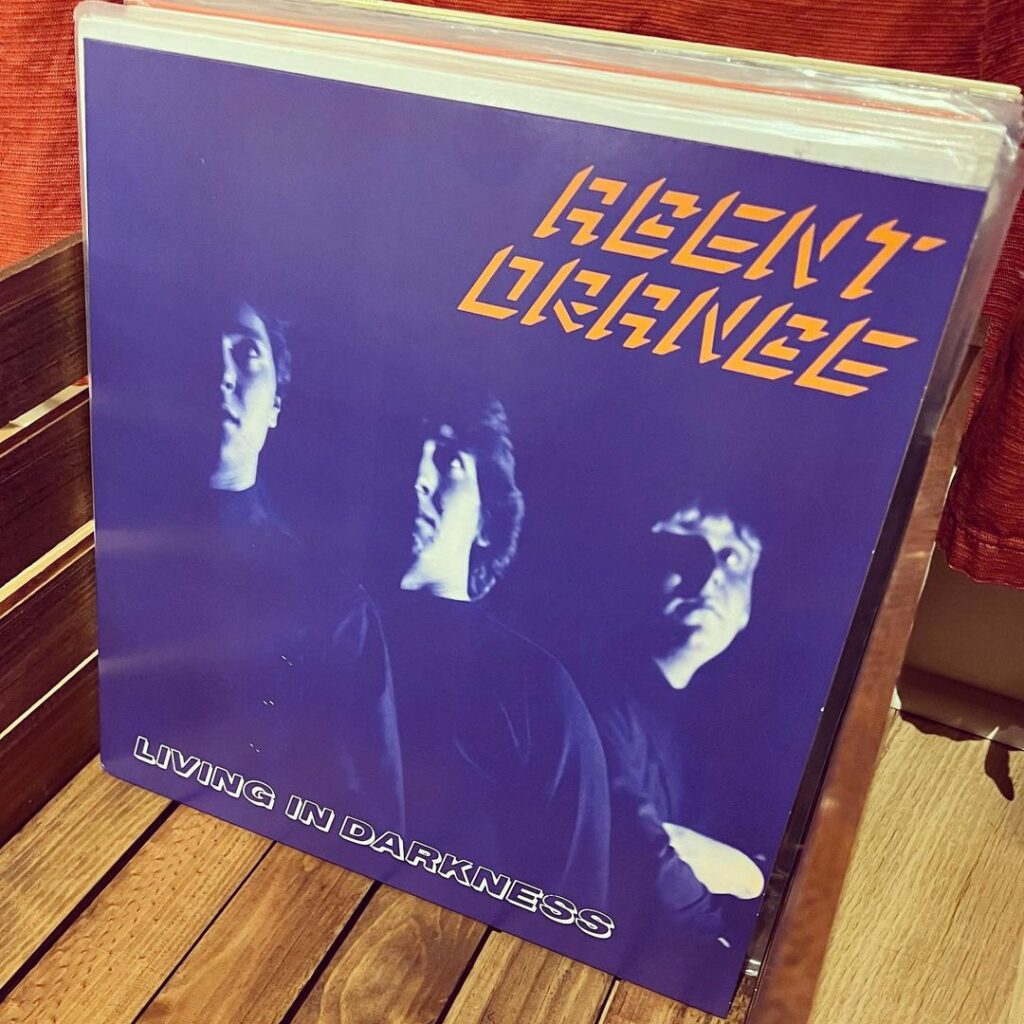
What We Said: “Some have labeled it as a precursor to emo, and while the music doesn’t exactly match this, it tracks thematically and lyrically. There’s an existential anxiety to much of this record, and a vulnerability that was heretofore rare on the West Coast punk scene.”
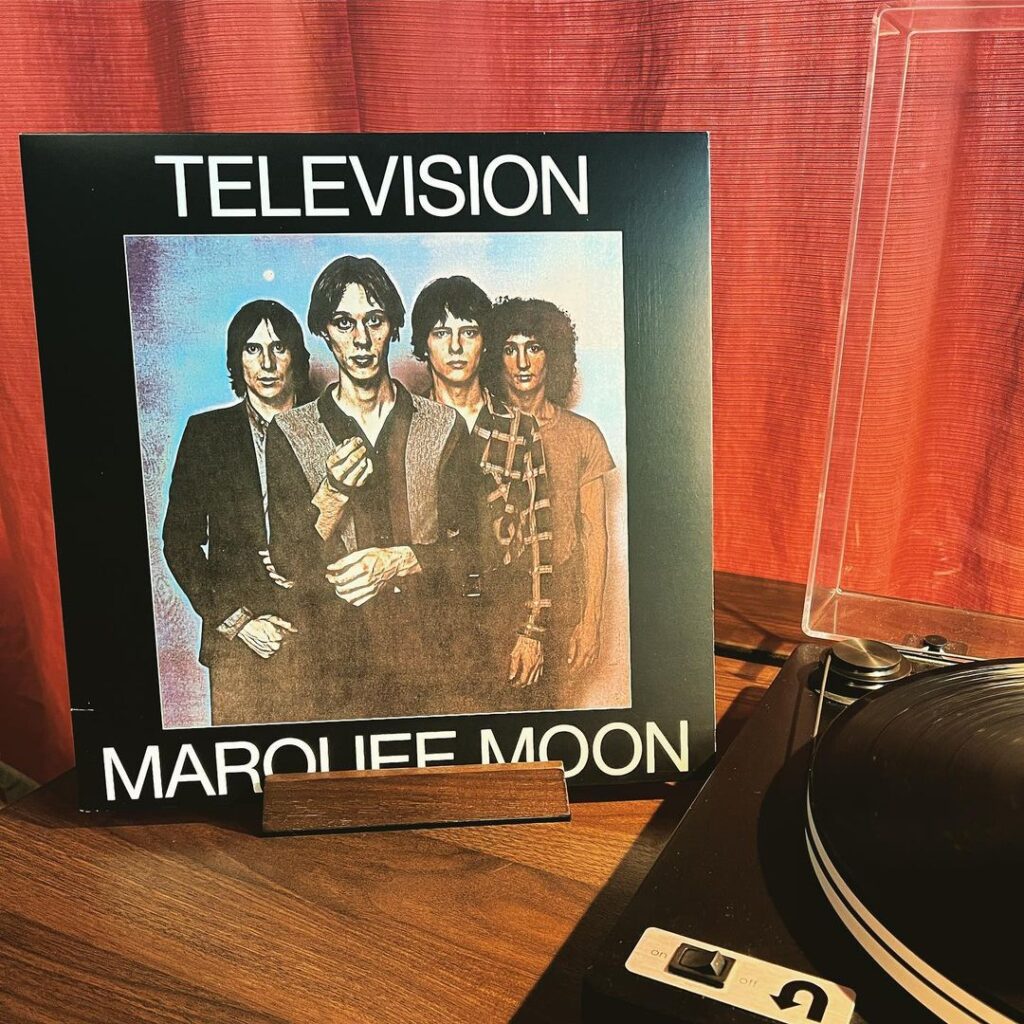
What We Said: “But let’s cut to the chase. It’s those fucking guitars that keep us coming back, again and again. [Tom] Verlaine and [Richard] Lloyd act as co-leads throughout much of Marquee Moon, redefining the role that the electric guitar could play, not only in punk, but rock music in general. Careening, dive bombing, weeping, cutting, and s h i m m e r i n g, the interlocking work of Verlaine and Lloyd remains a thing to behold.”
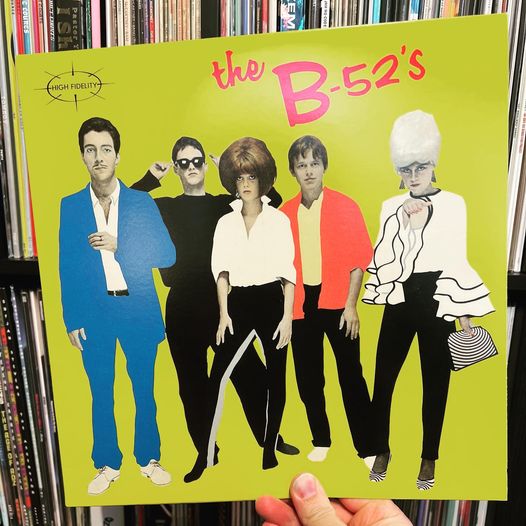
What We Said: “Students of pop culture, The B-52’s combined mid-century kitsch, Yoko Ono, and the spirit of punk rock into a refreshingly unique aesthetic. Like many post-punk/new wave greats, they were as much an art project as they were a band; and as a band, they were never better than on their 1979 self-titled debut.”

What We Said: “It’s on an electrifying cover of Robert Johnson’s “Preaching the Blues” that Fire of Love reaches a highpoint. It’s a pulse-pounding take on one of the most indelible songs in the blues canon, rendered in a manner that is both reverential and revelatory.”
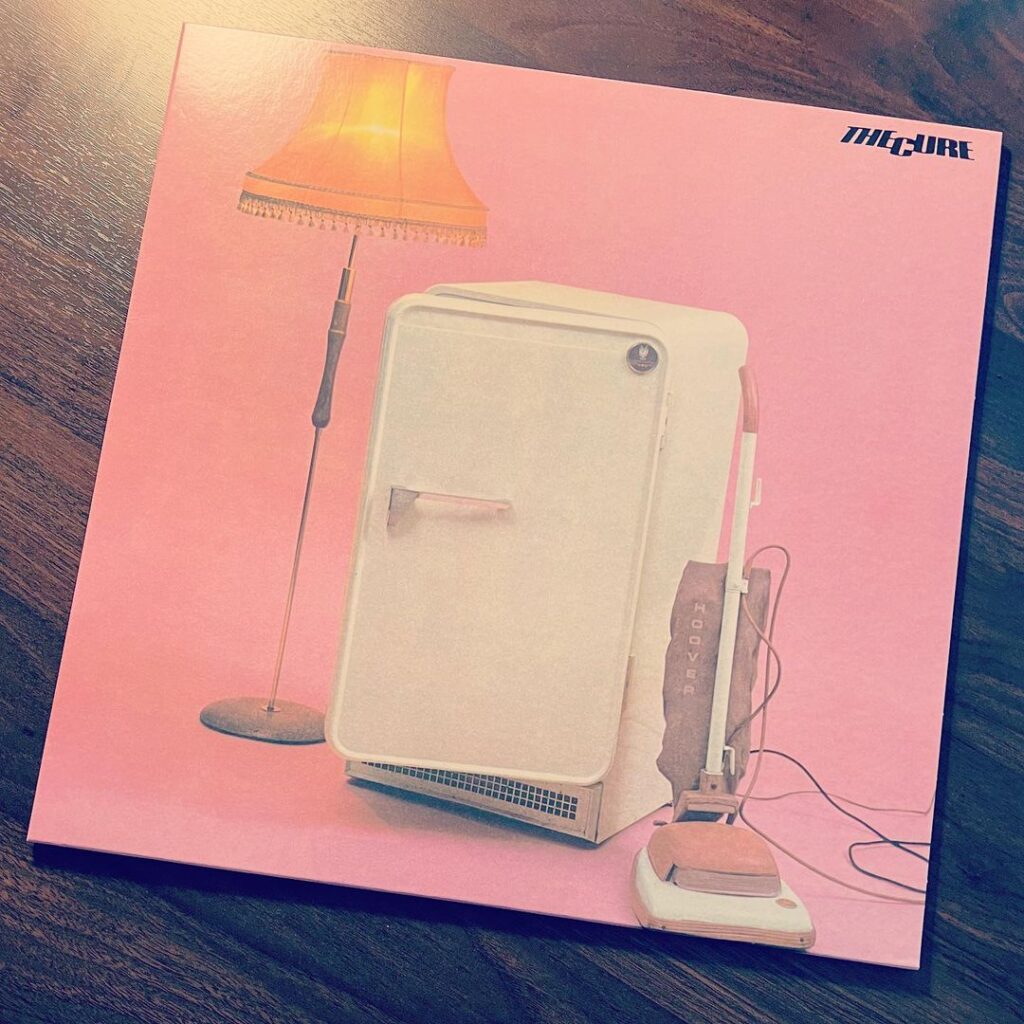
What We Said: “When they’re on here, The Cure show their immense promise, without the heavily stylistic approach of their later/better albums. Hearing them as a scrappy post-punk group is refreshing, but ultimately, the American version (Boys Don’t Cry) is a far superior listen, as it adds some excellent contemporary singles in place of the weaker material.”
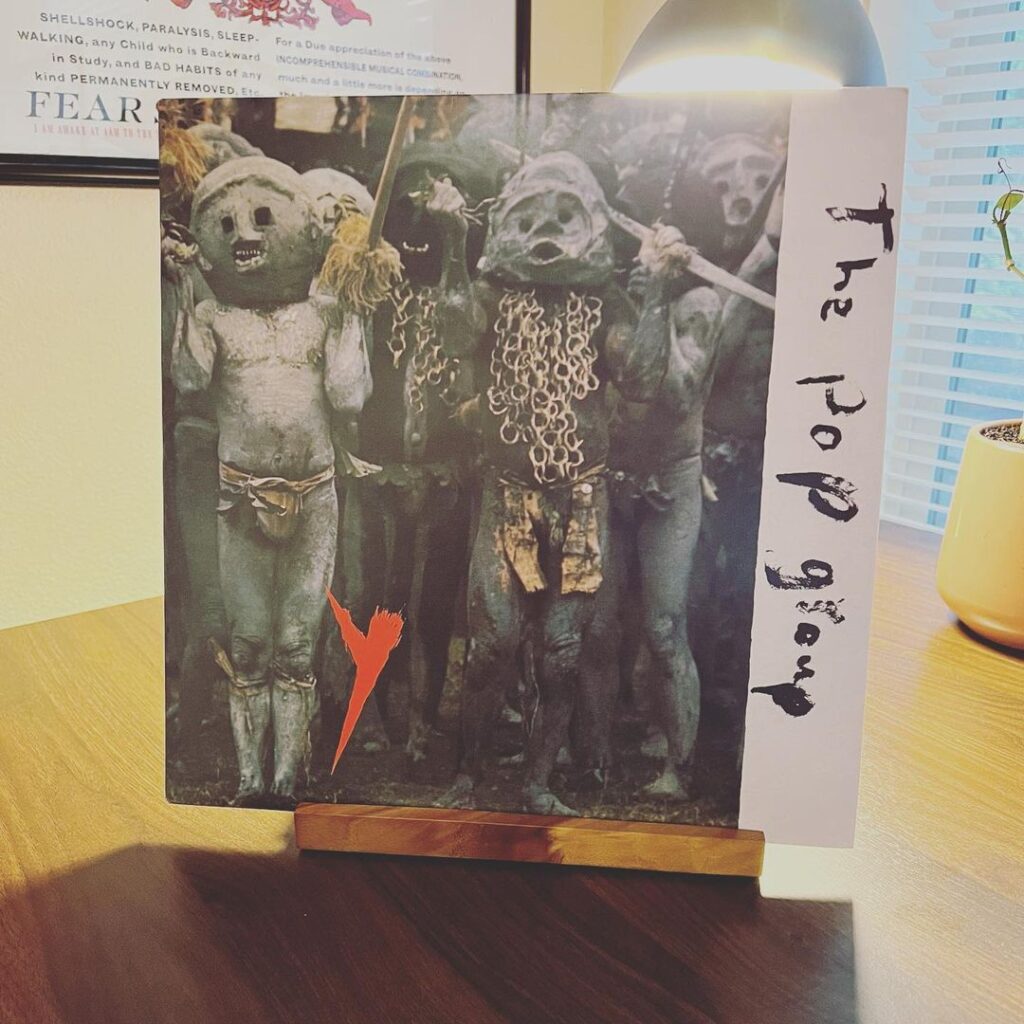
What We Said: “Approach it with patience, and Y proves to be more than just a battle of “fight or flight,” or a strictly intellectual pursuit. They may be warped, but there are real hooks here, and they are delivered in a package that is rarely less than fascinating.”

What We Said: “Like many great albums – a distinction that I think this borders on, at worst – The Raincoats is best experienced as a whole. With that said, to ‘let it in’ requires a willingness to spend half-an-hour lingering in the utterly unique vibe that it creates.”
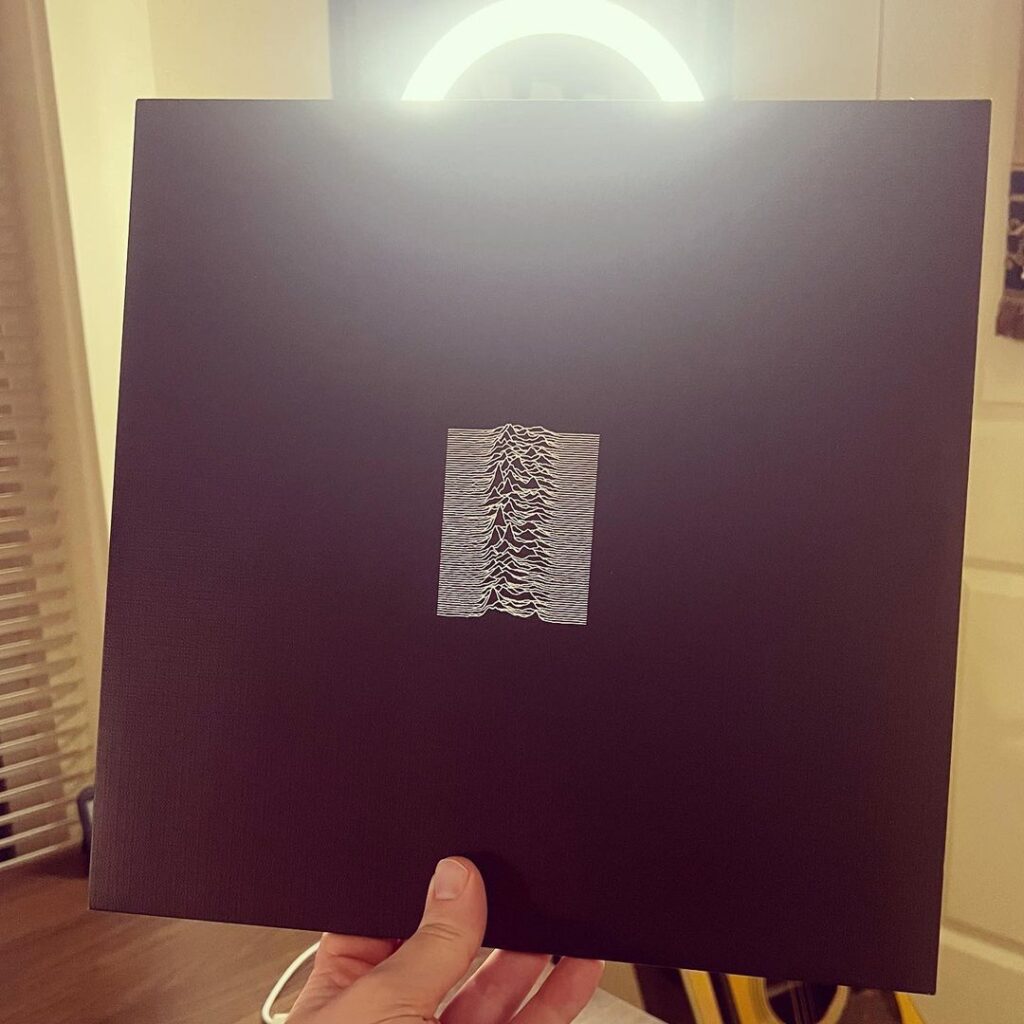
What We Said: “Yes, the legend of Ian Curtis looms large over Unknown Pleasures, but this is the product of a group effort: one that includes a dynamic band, brilliant production, and the masterful cover design of Peter Saville. That sum total still has the capacity to stun, over four decades after its arrival. Time may have made it a cross-generational touchstone, but it’s done little to blunt its impact.”
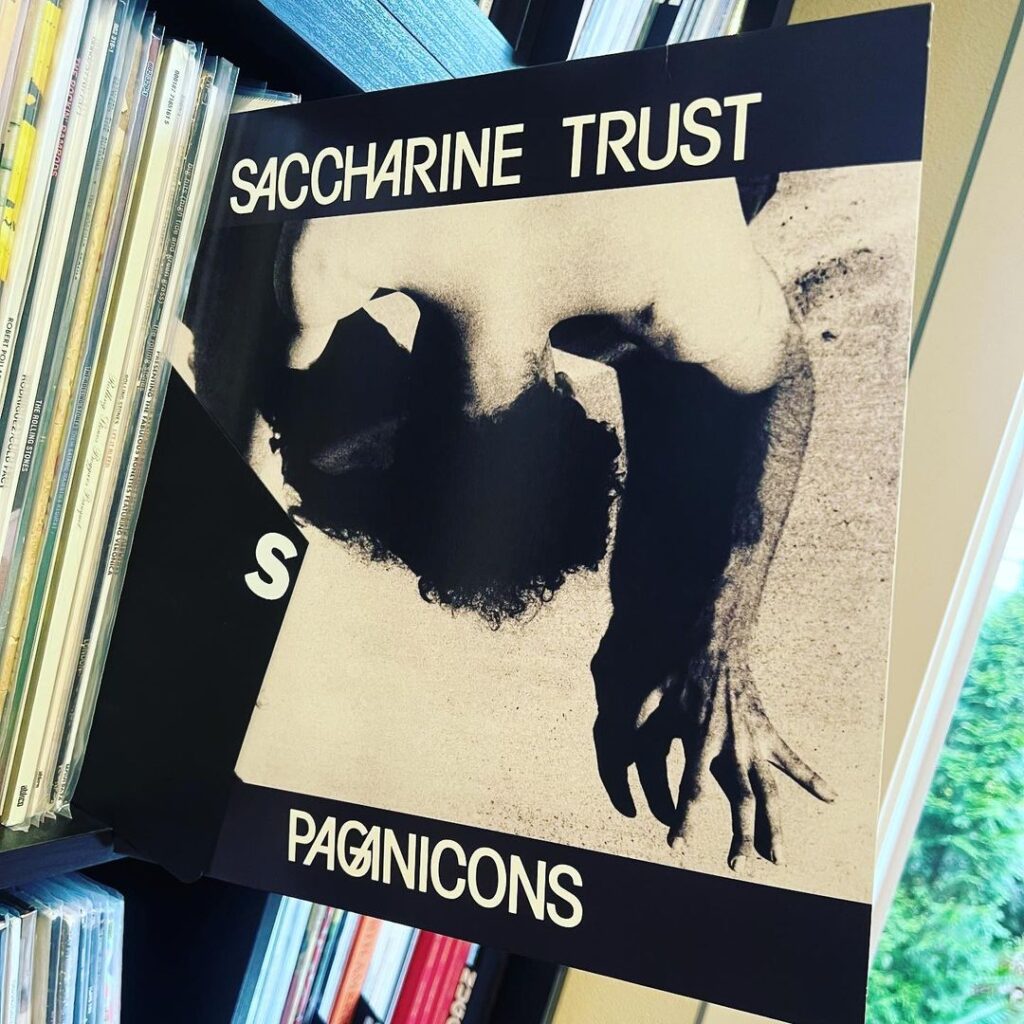
What We Said: “The real hero of Paganicons is guitarist Joe Baiza. While I don’t exactly agree with the ‘atonal’ descriptor that some have used, there’s something definitively ‘off’ about Baiza’s lines. Ultimately, this gives these tracks a fascinating, shakily melodic quality that is really quite unique.”
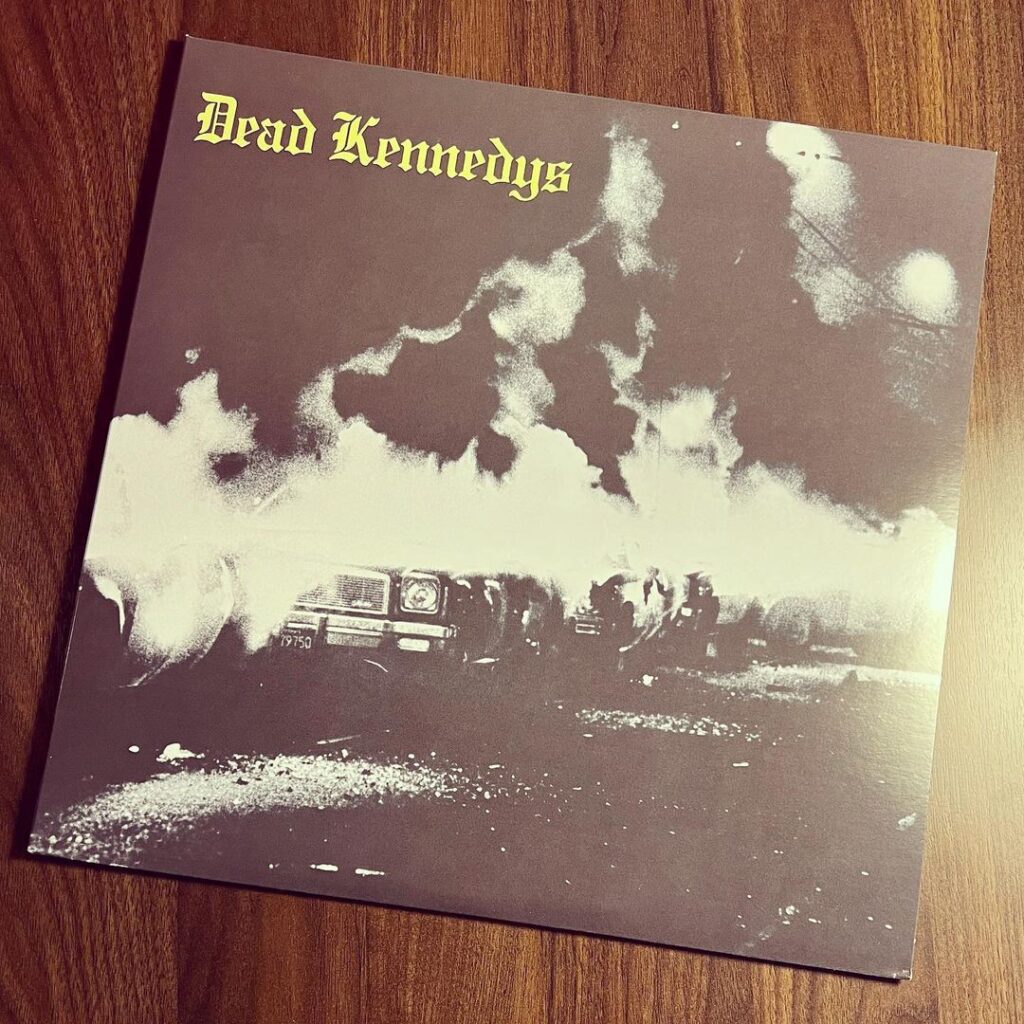
What We Said: “Sure, there are other West Coast hardcore albums, but Dead Kennedys’ debut reigns supreme over all of them. Surf-inspired guitar, biting satire, and the unhinged vocals of Jello Biafra certainly helped to set Fresh Fruit for Rotting Vegetables apart from its contemporaries, but it’s ultimately the songwriting that has kept it a cross-generational touchstone.”
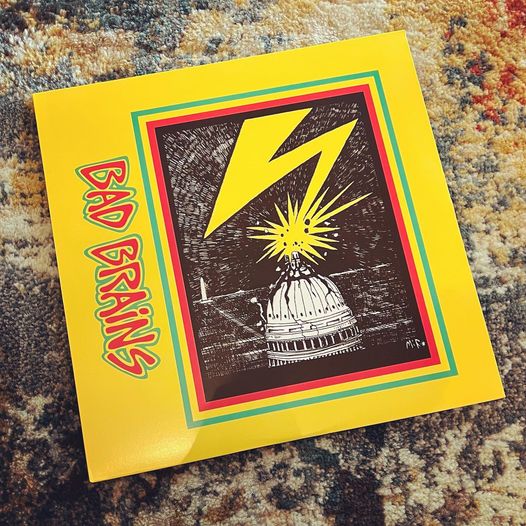
What We Said: “Fascinatingly, Bad Brains don’t so much engage in blending genres on their self-titled debut, as much as they keep their two sides almost wholly separated from each other… And the thing is, all of it sounds wholly natural to the band. The dichotomy between these two stylings is never as jarring as one would expect, and it offers up confirmation of the group’s impressive musical range and dexterity.”
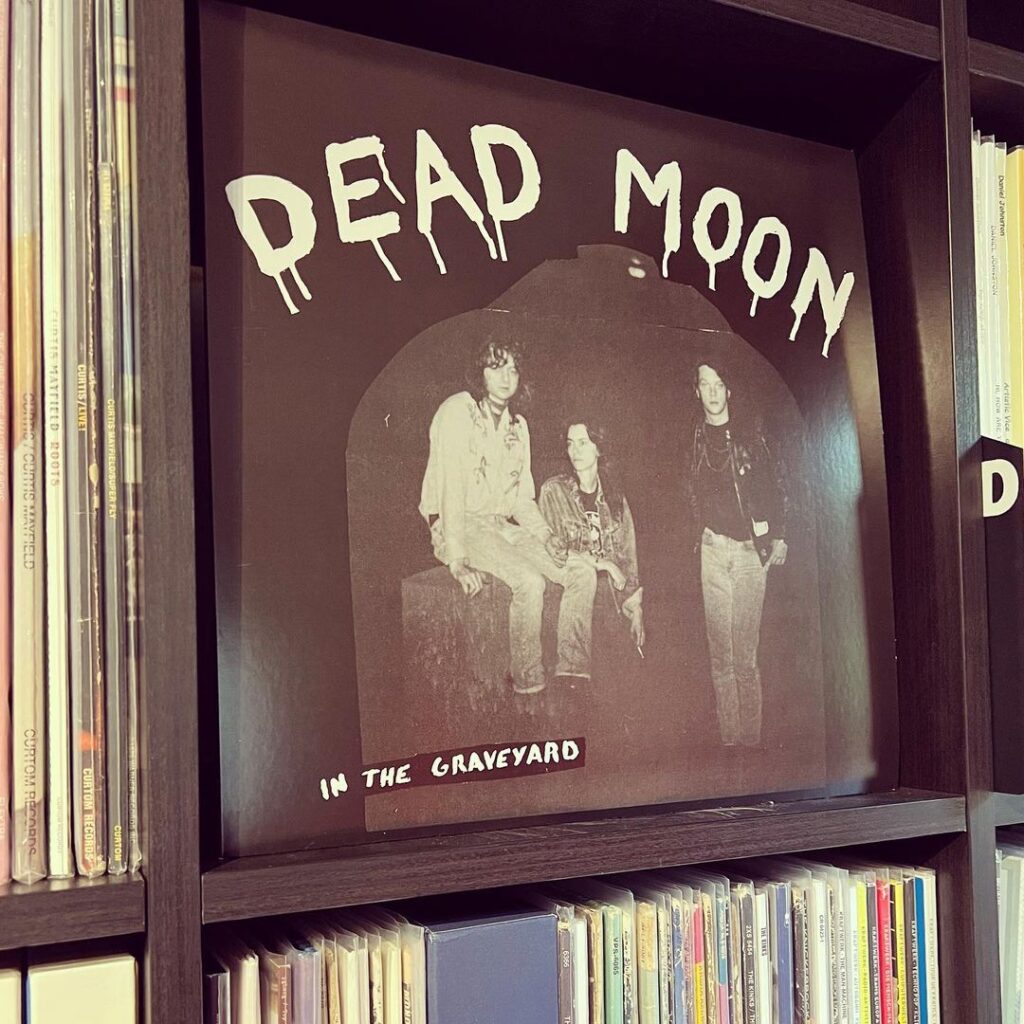
What We Said: “There are highlights throughout: the opening semi-title track is a classic; “Dead in the Saddle” adds both a heft and darkness to the western stylings of the Range Rats LP; “Remember Me” is an anthemic blend of garage and jangle pop; and “I Hate the Blues” would, in time, become one of [Fred] Cole’s signature compositions.”
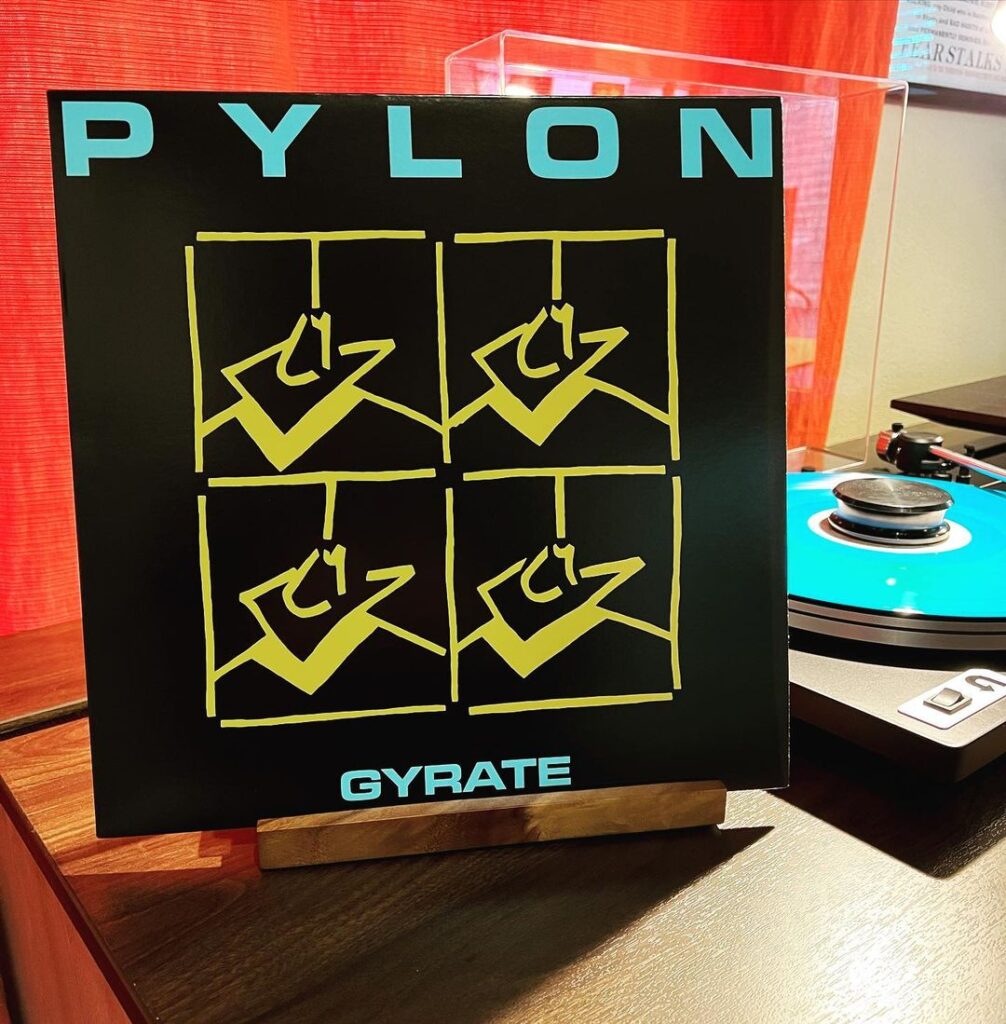
What We Said: “On Gyrate, repetition becomes hypnotic. Grooves become pulses. Chorus lines become mantras. While one could argue that it produces little in the way of individual peaks, it’s all in the service of establishing and maintaining an immersive mood.”
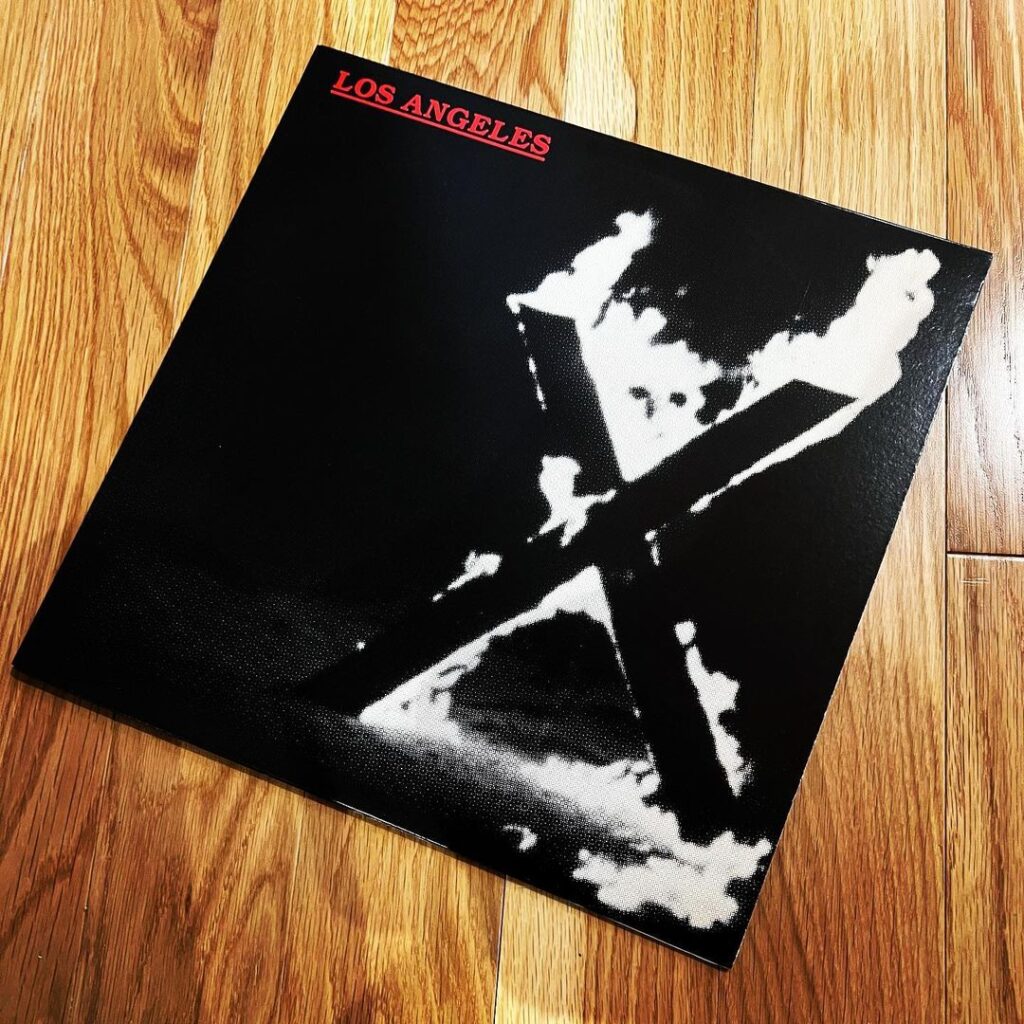
What We Said: “It’s punk and rockabilly, but it’s not quite in line with the psychobilly scene of the time. It’s poppy, with accordingly ‘big’ production, but was too dark to fit in with contemporary power pop. It’s fast and energetic, but didn’t mesh within the Southern California hardcore scene that surrounded it. As such, Los Angeles had to carve out its own identity.”

What We Said: “For many, Fugazi were never better than on their full-length debut. Building on the sound established with the band’s first two EPs, Repeater is churning, melodic, and raw. It’s those melodic qualities – found primarily in the interlocking guitar work of Ian MacKaye and Guy Picciotto – that helped to set Fugazi apart from most of their contemporaries on the post-hardcore scene.”
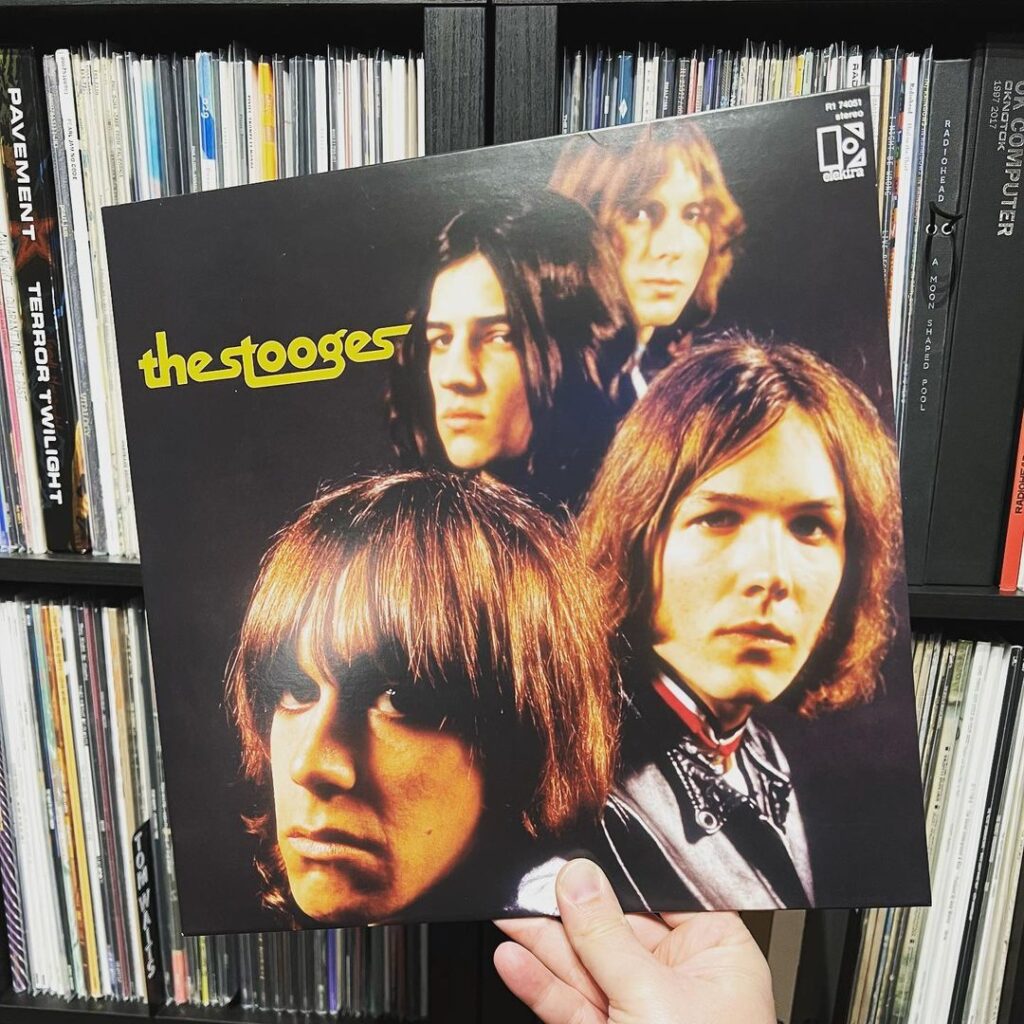
What We Said: “I’ve seen The Stooges described as ‘primordial,’ and it’s fitting. Despite their antecedents, the band taps into the elemental core of rock music: it’s all sex, and drugs, and danger… Thus, rather than representing the building of something new, listening to The Stooges is more akin to watching four arsonists burn down a house, only to dance on the smoldering foundation.”
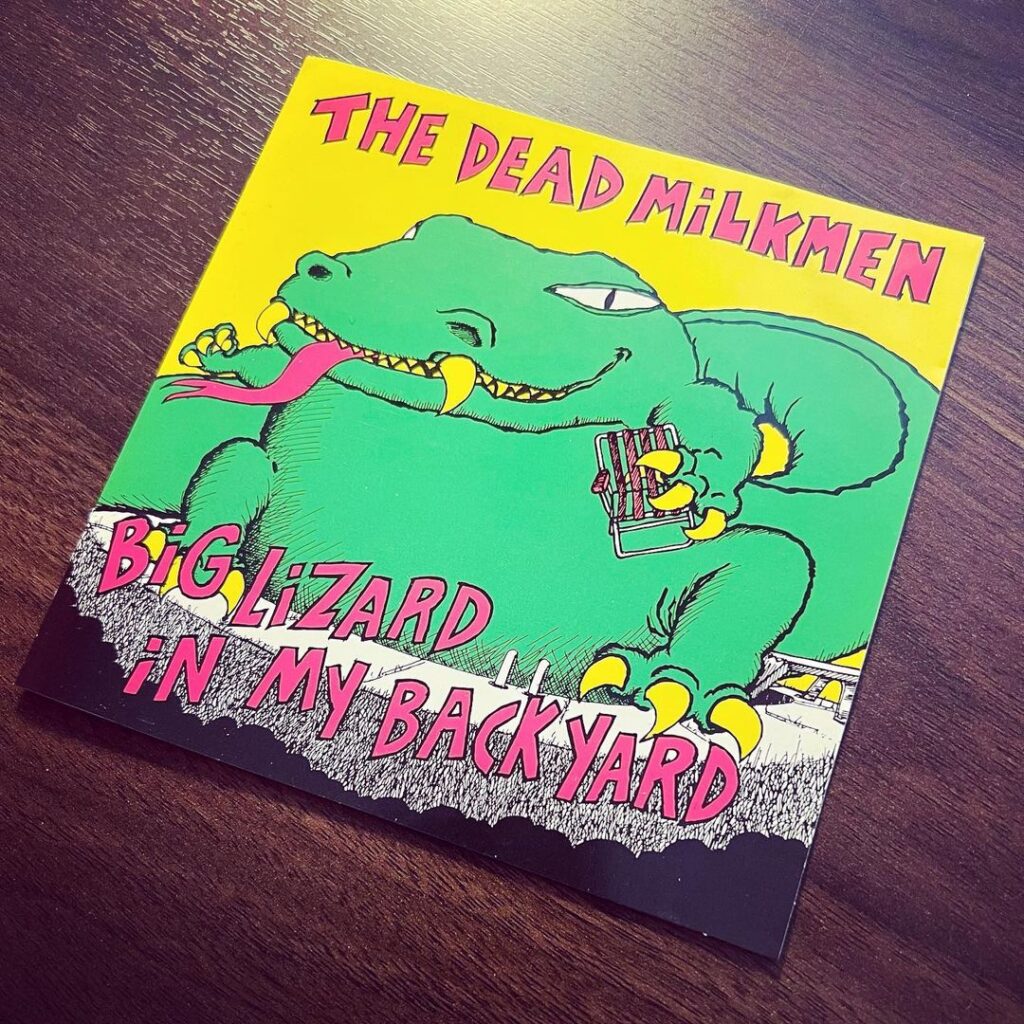
What We Said: “Some of their most iconic tracks are here, including the classic “Bitchin’ Camaro.” Of course, a few of these songs have aged a bit awkwardly; but then again, don’t we all? For me, this made a pretty fitting soundtrack to the process.”


